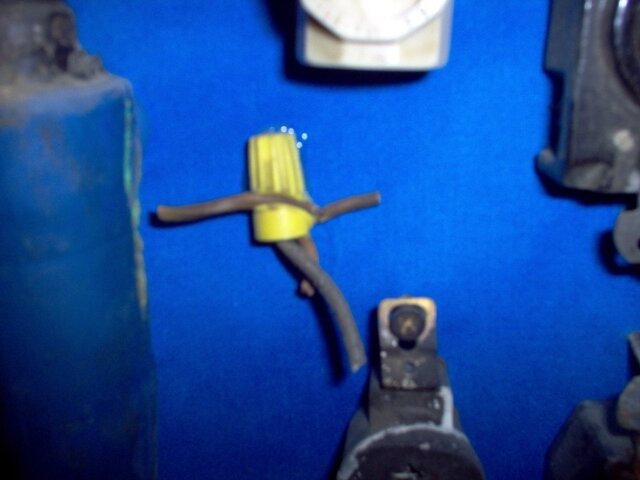Wire nuts are not rated for most high temperature applications, than of course most wire leading from plug to the wire nut is not either. Commonly on a PAR can, there will be a porcelian terminal block in use. Should use ferrules with such set screw applications other than when there is not a screw directly screwing down onto the conductor strands.
Works fine for the most part but otherwise a high temperature butt splice with three layers of fiberglass electrical tape in doing a splice - one properly crimped with a Stakon type tool is the other and better way to do so. This given your lead in power cord is not long enough to potentially touch a lamp thus melt down, or even touch the lamp housing. This if not even insert some silicone fiberglass sleeving over the conductors or at least some other than foil lined fiberglass insulation over the insulation of the lower temperature wire feeding the fixture. Better yet is to replace the wire feeding the fixture with either a multi-cable rated for high temperature so no element within a lighting fixture is other than high temperature, or use individual strands within a fiberglass sleeve such as on a Leko whip. Most replacement lamp sockets come with 42" whips anyway, no real reason not to do a leko like whip without splice but within a fiberglass sleeve. Otherwise the butt splice idea given the high temperature terminal blocks often come loose in use or just plain don't work so well.



